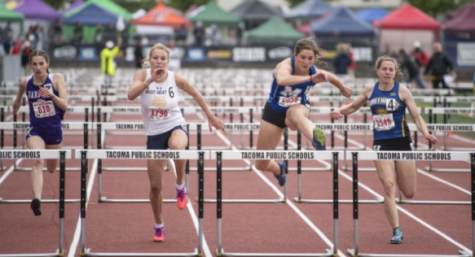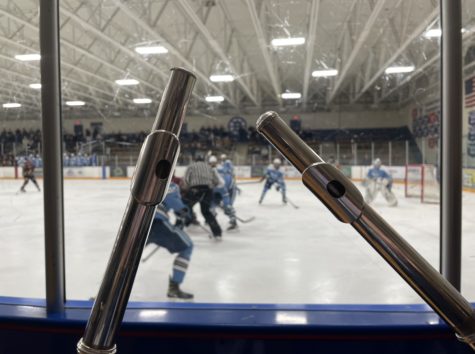Got Blood?
April 20, 2015
Blood can be seen as many different things. It can be seen literally as the liquid that flows through your body, or symbolically as the foundation of life. People everyday need this blood for reasons such as disease, illness, or any other health related issue; it is crucial to the survival of every human being. Blood drives are just another way to give that life to those who need it. They can either happen large-scale or on a smaller scale, such as in communities like Blaine High School.
Every year Blaine High School puts on a blood drive for the students to participate in. It is based in the HOSA (Health Occupations Students of America) club, an extracurricular activity here at school, that has been here at Blaine for about 20 years. The HOSA organization helps kids pursue their dreams of being in the medical field. As Emma Leger(10) states “I joined because I want to do something in the medical field when I am older”. HOSA gives them a lot of good experiences, Like the annual blood drive.
“Each year the Red Cross approaches Blaine about sponsoring the blood drive for the following year, The Red Cross has a had a partnership with the district for many years” said Regan Skaare(a first year teacher at blaine). The Advisor of HOSA(Mrs. Skaare), selects a committee to help with the organization of the blood drive. She says “On the day of the blood drive, HOSA Blood Drive Committees are separated into specific groups: Greeters (greet and check students in), Canteen (make sure BHS students have eaten and read the donation material), Walkers (walk students back to class), Donor Support (sits with the patient giving blood), and traffic control (directs students to each area). Each group must come at 6:30 to set up the tables, food and essential equipment.” HOSA uses the east gym here at Blaine High, which is cleaned for this purpose like it normally is.
As Mrs. Skaare stated, the management of this event for charity falls all on HOSA. “Each committee is responsible for the multiple tasks of setting up the blood drive.This includes: scheduling the gym (through our athletic director and the physical education department), asking for food and drink donations from the school cafeteria, setting up parent volunteers, contacting the custodians to reserve tables and chairs and set up, obtaining class schedules and birth dates from the attendance secretaries, and scheduling student sign up. Once students sign up for the Blood Drive, HOSA students have to enter the Blaine students into the Red Cross DataBase. HOSA students then make time sheet passes for all Blaine students that are registered.”
Guidelines for the drive were clarified with the information from Regan Skaare. She sent us all of the information on age, height, and weight as explained in the tables below (in this case for Blaine every donor has to be at least 16 with a parents consent):
Male donors who are 18-years-old and younger must weigh 110 pounds or more, depending on their height in the following chart:
| If you are: | 4’10’’ | 4’11’’ | 5’ or taller |
| You must weigh at least: | 118 | 114 | 110 |
Female donors who are 18-years-old and younger must weigh 110 pounds or more, depending on their height in the following chart:
| If you are: | 4’10” | 4’11” | 5’ | 5’1” | 5’2” | 5’3” | 5’4” | 5’5” | 5’6” |
| You must weigh at least: | 146 | 142 | 138 | 133 | 129 | 124 | 120 | 115 | 110 |
The next question a donor may have after the fun filled time of taking a bag of blood out of their body, where does the blood go? Who takes care of it? Regan Skaare provided us with all of this information. “The blood donated is then evaluated and given to the local hospitals to be used for transfusions.”, she writes. Altogether the blood given at the student blood drive here at Blaine High School is used for many good things locally, but can make a large impact all across our state.
No matter who we are, we as humans always have the instinct to live. Fewer though, may have the instinct to help. Yet, there are so many different ways that our community can help with this growing issue. Blood drives can just be the start of a solution. Medical advancements can lead to so many better answers, but for now only time will tell.












